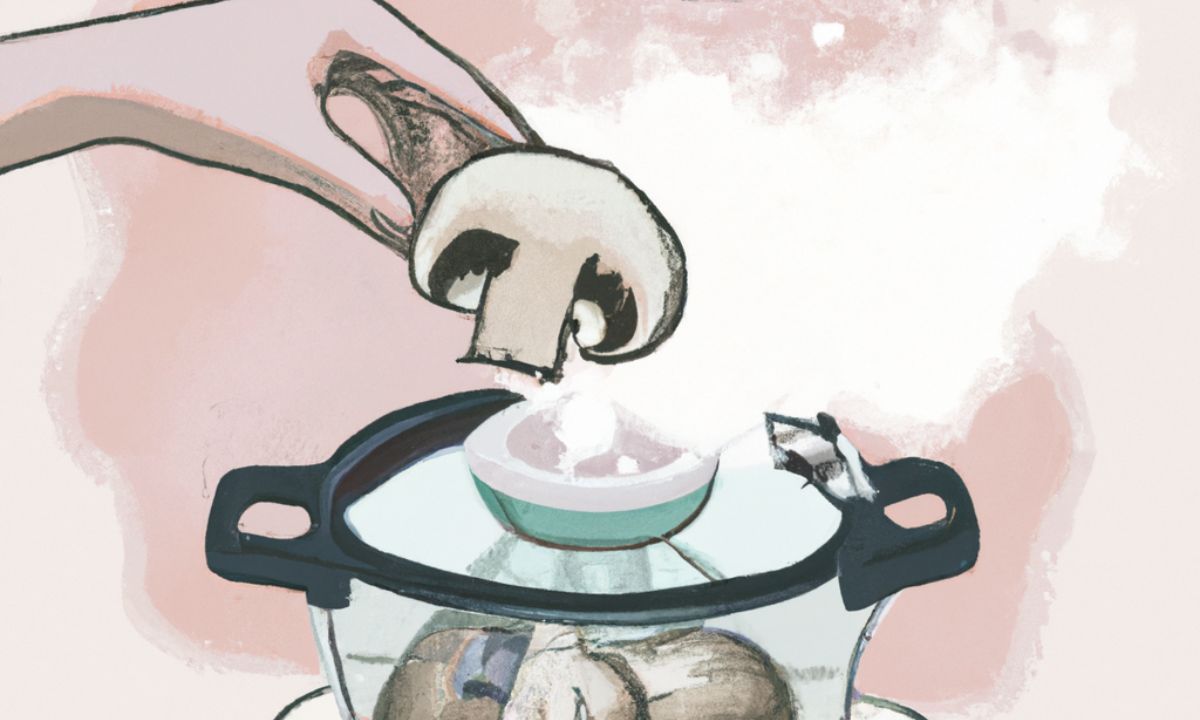How to Sterilize Mushroom Substrate at Home 2023
For best results, mushroom growers need to ensure that the mushroom substrate is completely sterilized before use.
In this article, we will discuss sterilization methods, the benefits of sterilization, and how to maintain a safe and healthy mushroom substrate.
Contents
- 1 Why is It Important to Sterilize the Mushroom Substrate?
- 2 How to Sterilize Mushroom Substrate
- 2.1 Heat
- 2.1.1 How to Sterilize the Mushroom Substrate With a Pressure Cooker?
- 2.1.2 Step 1 – Check your pressure cooker
- 2.1.3 Step 2 – Put your substrate in the pressure cooker
- 2.1.4 Step 3 – Add adequate water
- 2.1.5 Step 4 – Close the lid and turn up the heat
- 2.1.6 Step 5 – Monitor the pressure and sterilize the substrate
- 2.1.7 Step 6 – Turn off the heat and let cool
- 2.1.8 How Long Does It Take to Sterilize the Mushroom Substrate With a Pressure Cooker?
- 2.1.9 What Happens if the Substrate Does Not Reach the Correct Temperature During the Sterilization Process?
- 2.1.10 Is It Necessary to Use a Pressure Cooker to Sterilize the Mushroom Substrate?
- 2.1 Heat
- 3 Freezing
- 4 How to Maintain a Safe and Healthy Mushroom Substrate
- 5 Conclusion
Why is It Important to Sterilize the Mushroom Substrate?
Sterilizing the mushroom substrate offers numerous benefits to growers. These include:
• Contamination Prevention: Sterilization will help prevent mushroom contamination and ensure growers get the best results.
• Better Taste: Sterilized mushrooms taste better and are more nutritious than non-sterilized mushrooms.
• Disease and pest prevention: Sterilization will also help prevent the spread of diseases and pests, which can harm mushroom crops.
• Increased production: by eliminating harmful pathogens, fungi, and bacteria, crops can produce more.
How to Sterilize Mushroom Substrate
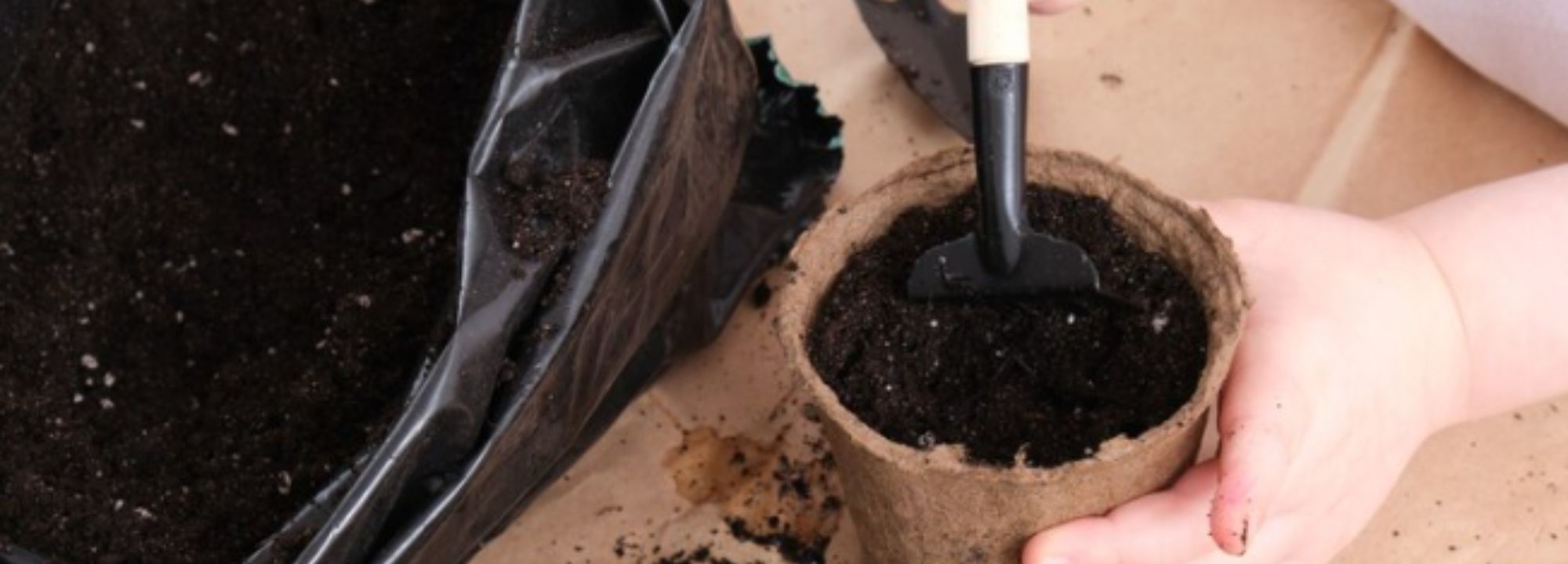
There are several sterilization methods that mushroom growers can use to sterilize the mushroom substrate. These include:
Heat
Heat is one of the most common methods of sterilization.
Mushroom growers can use a pressure cooker to heat the mushroom substrate to high temperatures.
How to Sterilize the Mushroom Substrate With a Pressure Cooker?
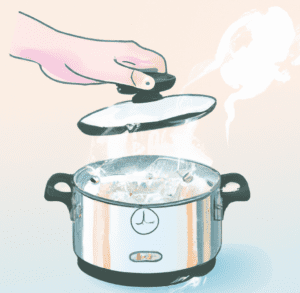
Here is a step by step to sterilizing the mushroom substrate with a pressure cooker:
Step 1 – Check your pressure cooker
Before you start, make sure your pressure cooker is in good condition.
Check that all joints are tight and that there are no leaks. Also, make sure the push rod is in good condition and working properly.
Step 2 – Put your substrate in the pressure cooker
Once you have checked your pressure cooker, you can place the substrate in the pot.
Make sure the substrate is well mixed and not over-compacted.
Step 3 – Add adequate water
Once the substrate is in the pot, add water until the substrate is completely covered.
The water level should be just enough to cover the substrate, but not too much so that the substrate does not drown.
Step 4 – Close the lid and turn up the heat
Once the substrate is covered with water, close the pressure cooker lid and set the heat to high.
This will allow the cooker to reach the pressure necessary to sterilize the substrate.
When it comes to sterilizing the substrate, hotter and hotter are NOT better. A temperature of 121°C or 250°F is enough to do the job.
Step 5 – Monitor the pressure and sterilize the substrate
Once the pot reaches the proper pressure, keep the heat on high for about 30 minutes to sterilize the substrate.
During this time, monitor the pressure to make sure it is not leaking.
Step 6 – Turn off the heat and let cool
Once the sterilization time has passed, turn off the heat and allow the pot to cool.
This will help prevent the substrate from overheating and becoming damaged.
How Long Does It Take to Sterilize the Mushroom Substrate With a Pressure Cooker?
Normally it takes around 30 minutes to sterilize the mushroom substrate using a pressure cooker.
What Happens if the Substrate Does Not Reach the Correct Temperature During the Sterilization Process?
If the substrate does not reach the correct temperature during the sterilization process, it must be discarded.
Is It Necessary to Use a Pressure Cooker to Sterilize the Mushroom Substrate?
Yes, it is necessary to use a pressure cooker to sterilize the mushroom substrate. This is because the pressure cooker is capable of high temperatures and pressures that help kill off any bacteria or viruses present in the substrate.
Freezing
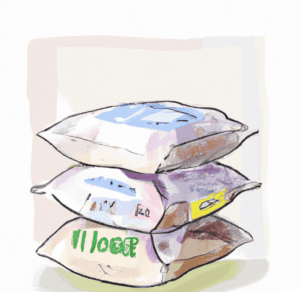
Freezing is one of the most effective ways to sterilize a mushroom substrate, especially for small-scale home cultivation.
The process is relatively simple and involves freezing the substrate for a specific period of time to kill any contaminants or unwanted organisms.
However, it is important to ensure that the substrate thaws slowly to avoid damaging the substrate.
Step 1 – Prepare the Substrate
Before freezing the substrate, it’s important to prepare it properly.
Once the substrate is mixed, it should be packed into sterilizable containers, such as jars or bags, and sealed to prevent contamination.
Step 2 – Freeze the Substrate
Once the substrate is prepared and packed, it’s time to freeze it. Place the containers in a freezer set to a temperature of at least -18°C (-0.4°F).
The substrate should be frozen for at least 24 hours to ensure that all contaminants are killed.
Step 3 – Thaw the Substrate
After the substrate has been frozen for the recommended period, it should be thawed slowly to prevent damage to the mycelium.
This typically involves removing the containers from the freezer and allowing them to thaw at room temperature for several hours.
It’s important to avoid rapid thawing, as this can cause moisture to accumulate and lead to contamination.
Once the substrate has been thawed, it’s ready to be inoculated with mushroom spores or spawn.
How to Maintain a Safe and Healthy Mushroom Substrate
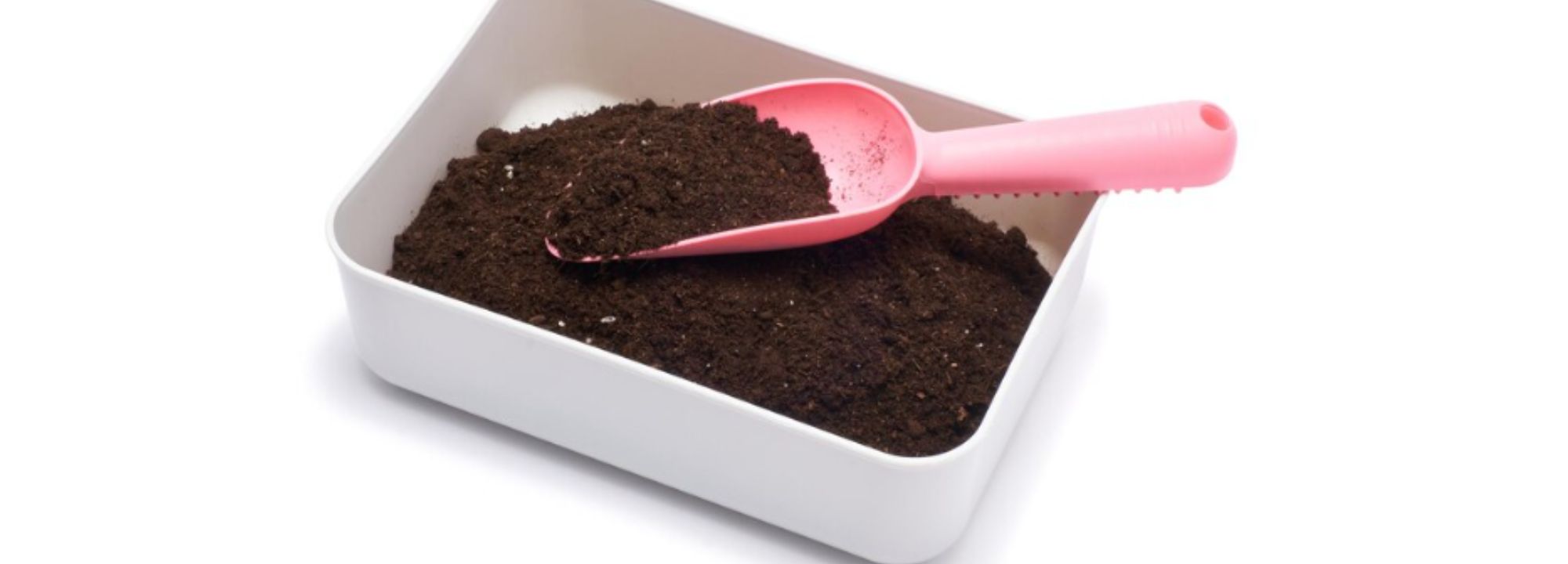
In addition to sterilizing the mushroom growing medium, there are a few other things mushroom growers can do to maintain a safe and healthy mushroom growing medium. These include:
• Use good quality growing medium: It is important to use a good quality growing medium to ensure that the mushrooms are healthy and safe.
• Store the substrate correctly: The mushroom substrate should be stored in a cool, dry place to avoid contamination.
• Wear protective equipment: It is important to wear protective equipment, such as gloves and goggles when working with the mushroom substrate.
• Dispose of used substrate: Used substrate must be disposed of properly to prevent the spread of diseases and pests.
Conclusion
In my own experience, the methods presented in this article are the most comfortable to do at home, but there are several other methods of sterilizing mushroom substrate.
Additionally, it is important that mushroom growers do everything possible to maintain a safe and healthy mushroom substrate.

